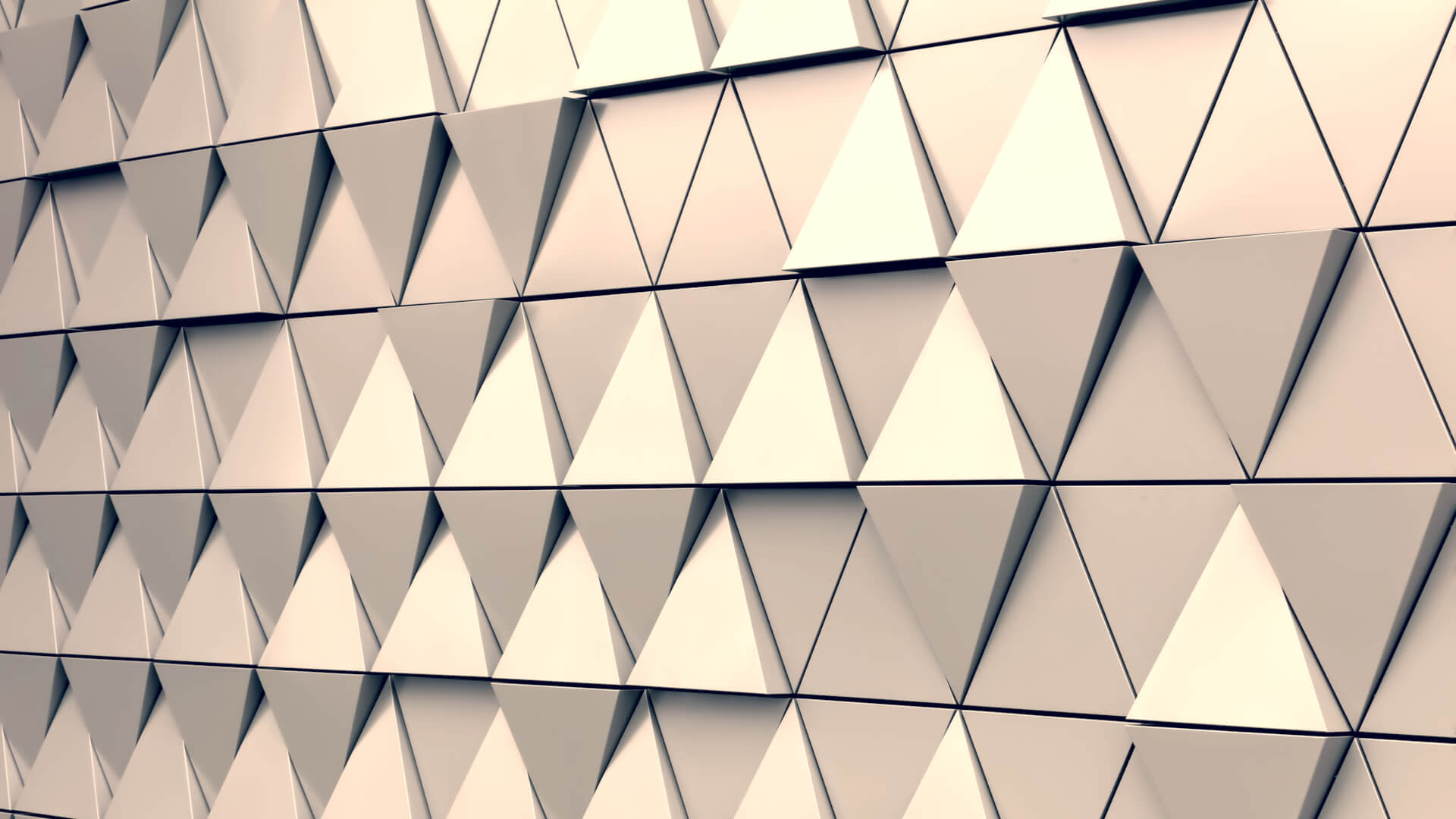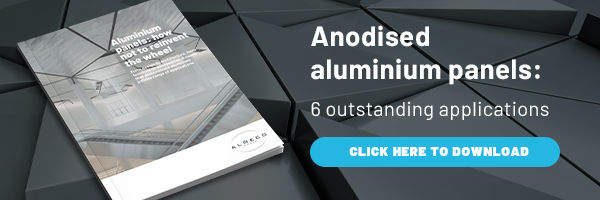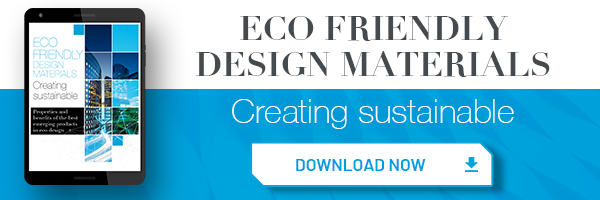When choosing materials for an architectural project, it is essential to consider the carbon footprint produced by their manufacture and use in construction. As man’s transformation activities increase, so do the quantities of GHGs, which become harmful to the atmosphere and the environment beyond a certain threshold. This is why the need to consider GHG emissions and carbon footprints encourage to use of eco design materials.
To reduce the carbon footprint of buildings, it makes sense to choose eco design materials that save energy and resources, both in their manufacturing and in the building’s performance as a whole. Aluminium bandoxalPRO helps reduce the carbon footprint because of the mechanical requirements resulting from the treatment it receives and the manufacturing processes, saving energy and optimizing resources.
bandoxalPRO: aluminium eco design material, friend of architecture
bandoxalPRO, an anodised aluminium designed explicitly for use in architecture, is, therefore, a material with many eco design features. Let’s see why.
Firstly, all products in the bandoxalPRO range are 100% recyclable. More specifically, the HRC73A™ product, realized in collaboration with Novelis, is made from an alloy composed of 90% recycled aluminium. Particularly suitable for use in ventilated facades, its use is also ideal for interior architecture and furniture design. The anodising process of bandoxalRO aluminium makes it even more resistant to mechanical stress and corrosion, thus extending its lifespan. Moreover, anodisation preserves the appearance of the material over time.
Zero waste for low carbon footprint architecture: an essential feature of aluminium eco design materials
bandoxalPRO by Almeco is not only resistant and durable. Its sustainability is based on careful resource management, saving energy, recovers, and reusing the water used for anodising. Furthermore, Almeco developed a careful control of consumption and self-production of energy, thanks to photovoltaic panels and a co-generator (CHP) that allows to use all the heat originated by the production of gas for electricity.
The consumption of water for anodising deserves a particular focus. Here, the process involves the purification of the wastewater and its reuse in a new process, again in a virtuous cycle, avoiding waste. This cycle makes bandoxalPRO a winner among the eco design materials family, providing strength, durability, and sustainability. In addition to its resistance to mechanical stress and corrosion and sustainable production, bandoxalPro features excellent fire resistance. In the event of a fire, the anodisation, which is an oxidation layer, prevents the spread of fire and the creation of smoke, thus making the material fireproof. This feature is not strictly related to energy saving, but it is undoubtedly necessary for the safe design and guaranteed durability of materials.
bandoxalPRO: natural ventilation in ventilated façades
Air conditioning is another design component that can benefit from the use of bandoxalPRO aluminium. The material features reflective properties and therefore reduces heating when used in façade design. It can consequently amplify the cooling effect already induced by ventilated façades, thus reducing the need for air conditioning. Another benefit that adds to the sustainability requirements of bandoxalPRO anodised aluminium, making it, even more, an eco design material.
However, when it comes to design, it is not just a matter of technical requirements – aesthetics also play a role in architectural design. Here too, bandoxalPRO can be a winner. The wide range of surface finishes ranges from bright, shiny mirror finishes to satin or brushed finishes with different roughnesses. In the variety of metals available, gold, bronze, copper, grey, there are many color shades, about 20 in the catalog but with many possibilities for customization. All of these combined allows to design with great freedom.
Last but not least, the treatment that enhances its mechanical resistance makes bandoxalPRO a material with very low maintenance costs and high residual value, which therefore pays for itself over time. Eco design materials today also mean materials that last.
Find out more about aluminium eco design application such as low carbon footprint architecture. Download now our Infographics.


